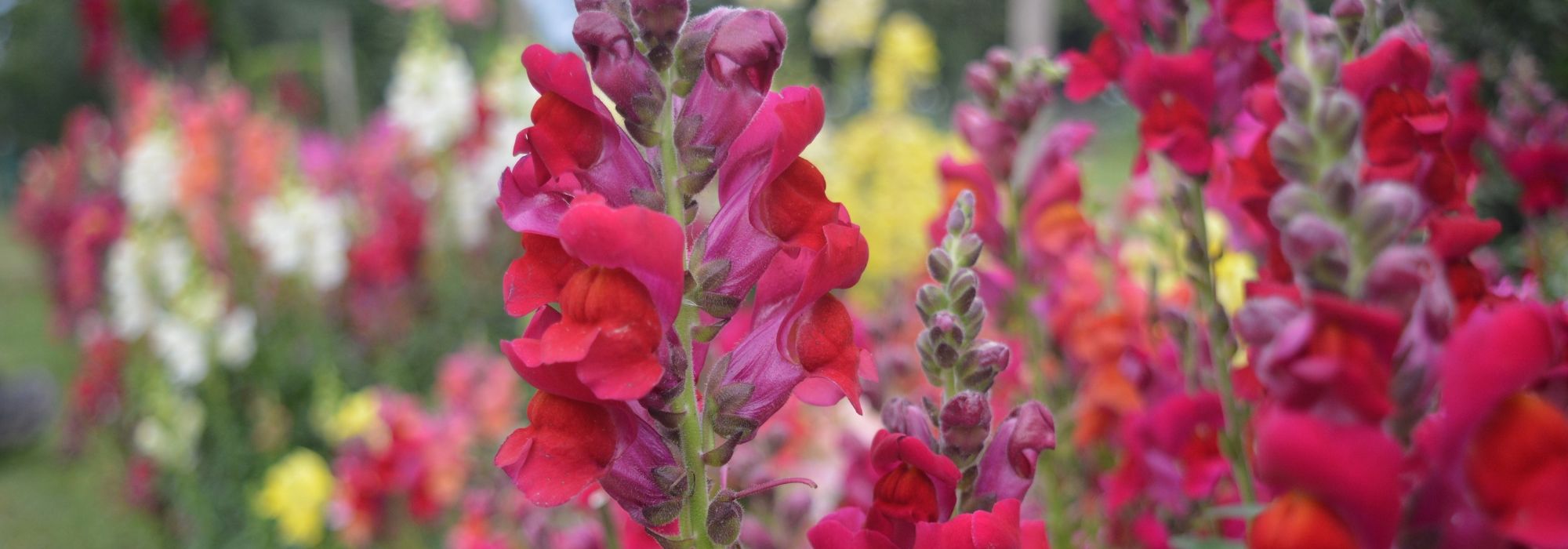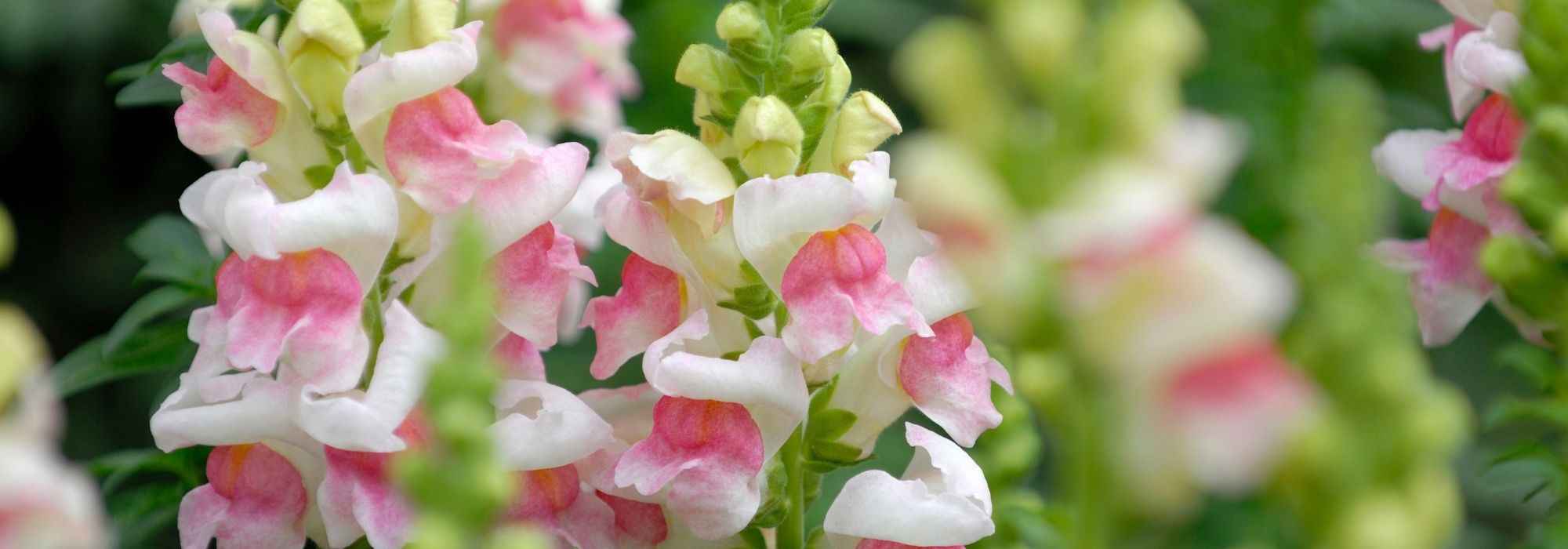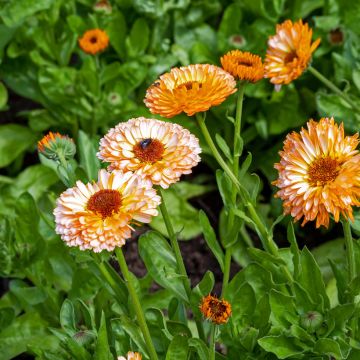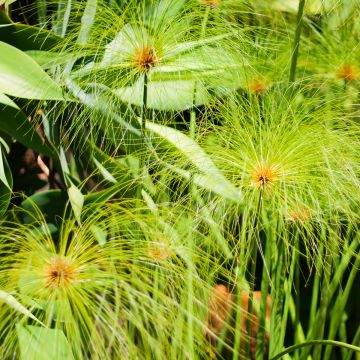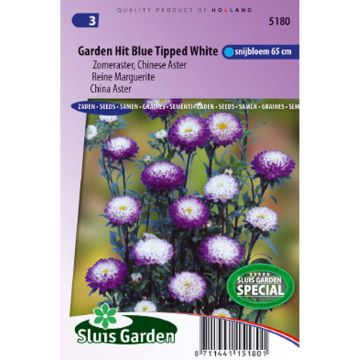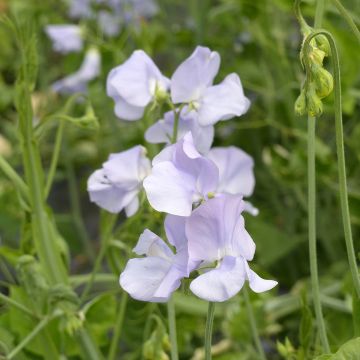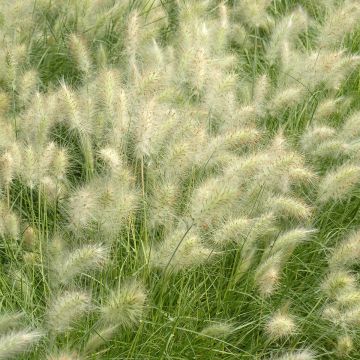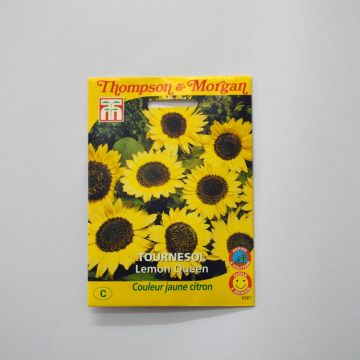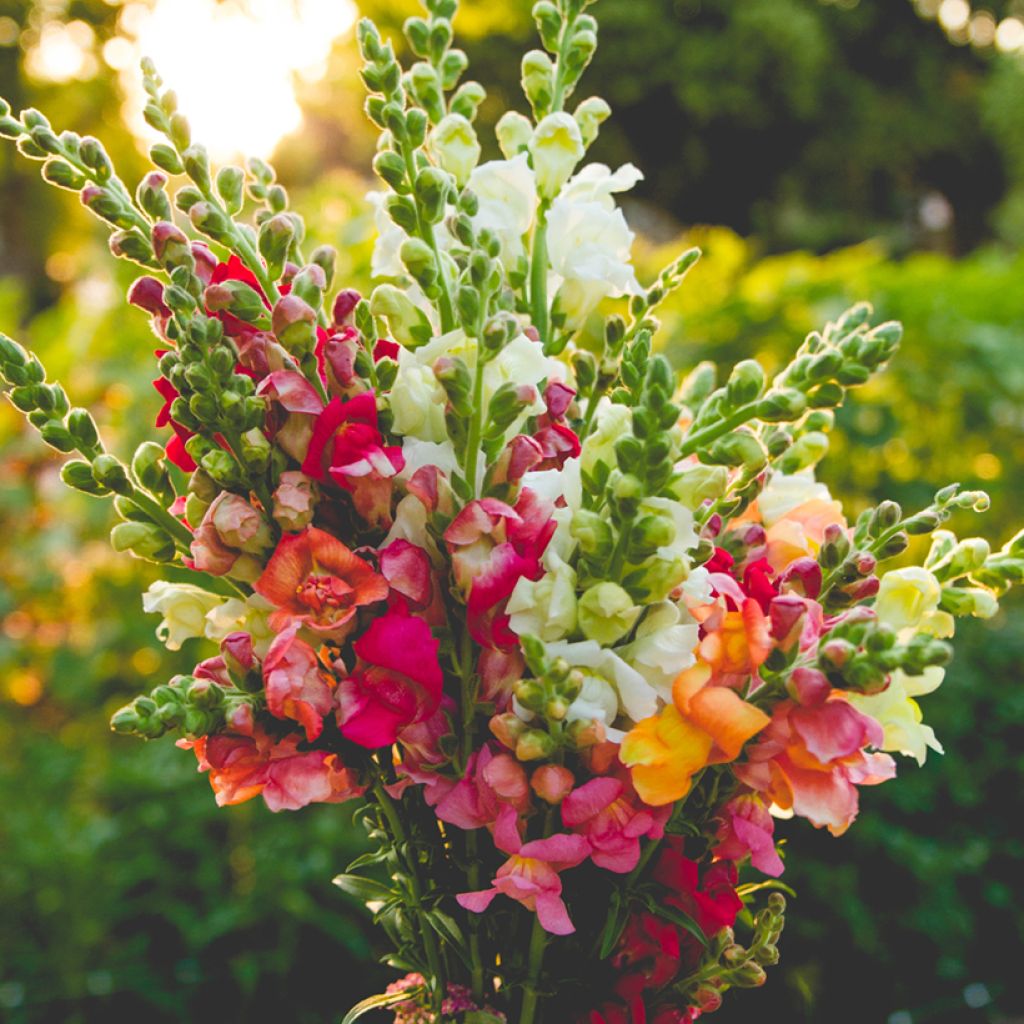

Antirrhinum x majus Maximum - tall mix
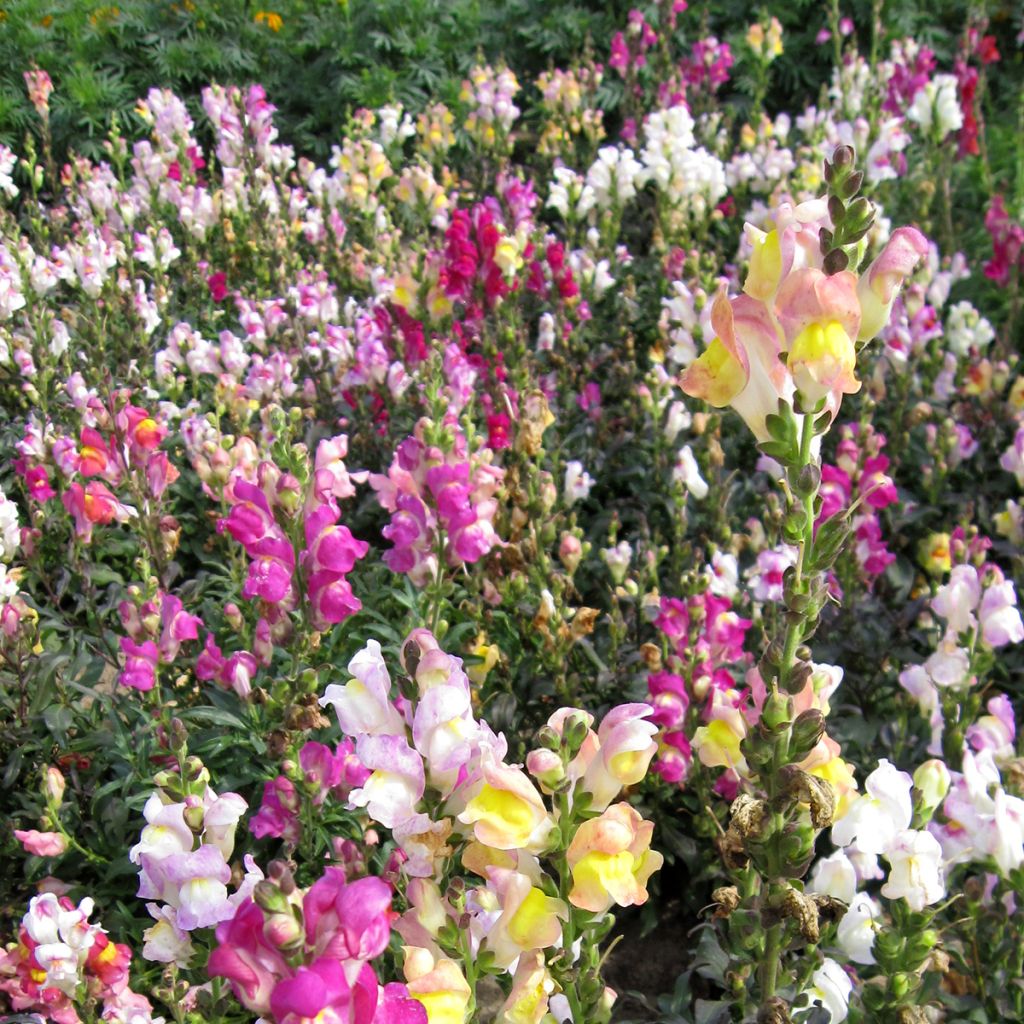

Antirrhinum x majus Maximum - tall mix
Antirrhinum x majus Maximum - tall mix
Antirrhinum x majus Maximum varié
Snapdragon, Garden Snapdragon
Special offer!
Receive a €20 voucher for any order over €90 (excluding delivery costs, credit notes, and plastic-free options)!
1- Add your favorite plants to your cart.
2- Once you have reached €90, confirm your order (you can even choose the delivery date!).
3- As soon as your order is shipped, you will receive an email containing your voucher code, valid for 3 months (90 days).
Your voucher is unique and can only be used once, for any order with a minimum value of €20, excluding delivery costs.
Can be combined with other current offers, non-divisible and non-refundable.
Home or relay delivery (depending on size and destination)
Schedule delivery date,
and select date in basket
This plant carries a 6 months recovery warranty
More information
We guarantee the quality of our plants for a full growing cycle, and will replace at our expense any plant that fails to recover under normal climatic and planting conditions.
Does this plant fit my garden?
Set up your Plantfit profile →
Description
Antirrhinum majus 'Maximum mix' is a mix of tall snapdragons, reaching a height of 80 cm (32in). It offers a wide range of flowers in vibrant colours, ranging from white to pink, red, yellow, purple, and blue. These plants provide abundant flowering that lasts from summer to autumn. Their sturdy spikes are covered with large snapdragon-shaped flowers, creating a magnificent display of colours in the garden. Snapdragons are highly tolerant plants and can self-seed even in unexpected places. They are exceptionally heat resistant and thrive particularly well in full sun. To grow them, it is recommended to sow them in well-prepared, fertile, and well-draining soil. Whether they are annual or perennial plants depends on the climatic conditions and the type of soil they are planted in.
Antirrhinum majus, also known as Snapdragons, is a perennial plant of the Scrophulariaceae family, just like Foxgloves and Diascias. In our gardens, it is usually cultivated as an annual or biennial. Native to the western Mediterranean basin, it grows spontaneously in arid conditions, between rocks. Snapdragons get their vernacular name from the particular shape of their flowers, which, when pinched, resemble open mouths.
Once cultivated for cut flower production, the 'Maximum' variety stands out for its tall stature, abundance of flowers, and vibrant colours. Each plant quickly forms a dense clump of about 70 to 80 cm (28 to 32in) in height and 30 to 40 cm (12 to 16in) in width from the first year of sowing. The stems of Antirrhinum majus 'Maximum' are upright and can be single or branched. They are adorned with opposite or alternate lanceolate or lanceolate-linear leaves, smooth and of a deep green colour. The flowering period extends from June-July to the first frosts in September-October. The flower spikes are dense, sturdy, and abundantly covered with large, brightly coloured flowers, highly appreciated by bumblebees and butterflies. Snapdragons have the ability to self-seed easily in the garden, especially in light soil, but they do not always reproduce the characteristics of the parent plant faithfully.
Snapdragons often evoke childhood memories. Their small velvety flowers emit a pleasant fragrance when approached. These plants are accessible to all gardeners and can be easily integrated into borders, flower beds, or rockeries. In cooler regions and in clay soils, it is recommended to grow Snapdragons as annuals, but this does not diminish their generosity. Larger varieties, such as 'Maximum', are ideal for flower bouquets, wild gardens, scented gardens, or English gardens. To create beautiful landscape compositions, you can combine them with Damascus Nigellas, Cosmos, or annual poppies. Their flowering spikes stand out beautifully when emerging among bushy perennials such as fennel, cardoons, or artichokes, asters and perennial chrysanthemums. You can also combine them with low shrubs in more subdued colors such as lavender, cotton lavender, or mugwort... To prolong the plant's flowering, it is recommended to regularly remove faded flowers.
Caution: Seeds reserved for highly experienced gardeners accustomed to sowing very fine seeds. These seeds are as fine as dust, barely visible to the naked eye.
Flowering
Foliage
Plant habit
Botanical data
Antirrhinum
x majus
Maximum varié
Scrophulariaceae
Snapdragon, Garden Snapdragon
Cultivar or hybrid
Planting and care
Snapdragon is a frost-sensitive plant that should be sown from January to March in a warm shelter at 20-25 °C (68-77°F) until germination. Flowering will then occur between June and October. Sow the snapdragon seeds in a tray on the surface of a well-draining seed compost. Barely cover the seeds with compost and keep it lightly moist. Keep warm in a plastic bag and in the light during germination. When the plants have two leaves, transplant them into 8 cm (3in) pots. Pinch the main stems and transplant the young plants in the garden once all risk of frost has passed and the outdoor temperature is above 18°C (64.4°F). Space the plants about 10-40 cm (4-16in) apart. Water to ensure establishment.
Alternatively, directly sow in open ground in April-May, in regions with mild climates, the flowering will then be later. After the frost, in well-drained and warmed soil, sow the snapdragon seeds thinly without burying them. Keep the soil moist until germination. After germination, between 10 and 21 days, thin out the rows, leaving approximately 10-40 cm (4-16in) spacing between each plant.
Another option is to sow indoors from August to September for early summer flowering the following year. Sow snapdragons on the surface of good quality compost at a temperature of 18-23°C (64.4-73.4°F), and cover with a pinch of very fine compost or vermiculite. Keep the sowing in a light place, as this facilitates germination. When the seedlings are large enough to handle, transplant them and grow them in a frost-free environment until the young plants are large enough to be moved outdoors. You can grow these snapdragon plants in a frost-free location before planting them in open ground the following spring, or in pots.
Snapdragons thrive in fertile, well-drained, and well-prepared soil in full sun. The tall snapdragon is not very hardy, -8°C (17.6°F) : it is therefore often grown as an annual or biennial plant. However, it is not uncommon to see snapdragons withstand several not too harsh winters, but they become more susceptible to rust... To try to preserve a beautiful variety, protect the plants from severe frost in winter, improve soil drainage, and cover the stumps with a thick layer of leaves or dry herbs: they will come back in spring and bloom earlier.
Sowing period
Intended location
Planting & care advice
This item has not been reviewed yet - be the first to leave a review about it.
Similar products
Haven't found what you were looking for?
Hardiness is the lowest winter temperature a plant can endure without suffering serious damage or even dying. However, hardiness is affected by location (a sheltered area, such as a patio), protection (winter cover) and soil type (hardiness is improved by well-drained soil).

Photo Sharing Terms & Conditions
In order to encourage gardeners to interact and share their experiences, Promesse de fleurs offers various media enabling content to be uploaded onto its Site - in particular via the ‘Photo sharing’ module.
The User agrees to refrain from:
- Posting any content that is illegal, prejudicial, insulting, racist, inciteful to hatred, revisionist, contrary to public decency, that infringes on privacy or on the privacy rights of third parties, in particular the publicity rights of persons and goods, intellectual property rights, or the right to privacy.
- Submitting content on behalf of a third party;
- Impersonate the identity of a third party and/or publish any personal information about a third party;
In general, the User undertakes to refrain from any unethical behaviour.
All Content (in particular text, comments, files, images, photos, videos, creative works, etc.), which may be subject to property or intellectual property rights, image or other private rights, shall remain the property of the User, subject to the limited rights granted by the terms of the licence granted by Promesse de fleurs as stated below. Users are at liberty to publish or not to publish such Content on the Site, notably via the ‘Photo Sharing’ facility, and accept that this Content shall be made public and freely accessible, notably on the Internet.
Users further acknowledge, undertake to have ,and guarantee that they hold all necessary rights and permissions to publish such material on the Site, in particular with regard to the legislation in force pertaining to any privacy, property, intellectual property, image, or contractual rights, or rights of any other nature. By publishing such Content on the Site, Users acknowledge accepting full liability as publishers of the Content within the meaning of the law, and grant Promesse de fleurs, free of charge, an inclusive, worldwide licence for the said Content for the entire duration of its publication, including all reproduction, representation, up/downloading, displaying, performing, transmission, and storage rights.
Users also grant permission for their name to be linked to the Content and accept that this link may not always be made available.
By engaging in posting material, Users consent to their Content becoming automatically accessible on the Internet, in particular on other sites and/or blogs and/or web pages of the Promesse de fleurs site, including in particular social pages and the Promesse de fleurs catalogue.
Users may secure the removal of entrusted content free of charge by issuing a simple request via our contact form.
The flowering period indicated on our website applies to countries and regions located in USDA zone 8 (France, the United Kingdom, Ireland, the Netherlands, etc.)
It will vary according to where you live:
- In zones 9 to 10 (Italy, Spain, Greece, etc.), flowering will occur about 2 to 4 weeks earlier.
- In zones 6 to 7 (Germany, Poland, Slovenia, and lower mountainous regions), flowering will be delayed by 2 to 3 weeks.
- In zone 5 (Central Europe, Scandinavia), blooming will be delayed by 3 to 5 weeks.
In temperate climates, pruning of spring-flowering shrubs (forsythia, spireas, etc.) should be done just after flowering.
Pruning of summer-flowering shrubs (Indian Lilac, Perovskia, etc.) can be done in winter or spring.
In cold regions as well as with frost-sensitive plants, avoid pruning too early when severe frosts may still occur.
The planting period indicated on our website applies to countries and regions located in USDA zone 8 (France, United Kingdom, Ireland, Netherlands).
It will vary according to where you live:
- In Mediterranean zones (Marseille, Madrid, Milan, etc.), autumn and winter are the best planting periods.
- In continental zones (Strasbourg, Munich, Vienna, etc.), delay planting by 2 to 3 weeks in spring and bring it forward by 2 to 4 weeks in autumn.
- In mountainous regions (the Alps, Pyrenees, Carpathians, etc.), it is best to plant in late spring (May-June) or late summer (August-September).
The harvesting period indicated on our website applies to countries and regions in USDA zone 8 (France, England, Ireland, the Netherlands).
In colder areas (Scandinavia, Poland, Austria...) fruit and vegetable harvests are likely to be delayed by 3-4 weeks.
In warmer areas (Italy, Spain, Greece, etc.), harvesting will probably take place earlier, depending on weather conditions.
The sowing periods indicated on our website apply to countries and regions within USDA Zone 8 (France, UK, Ireland, Netherlands).
In colder areas (Scandinavia, Poland, Austria...), delay any outdoor sowing by 3-4 weeks, or sow under glass.
In warmer climes (Italy, Spain, Greece, etc.), bring outdoor sowing forward by a few weeks.






























